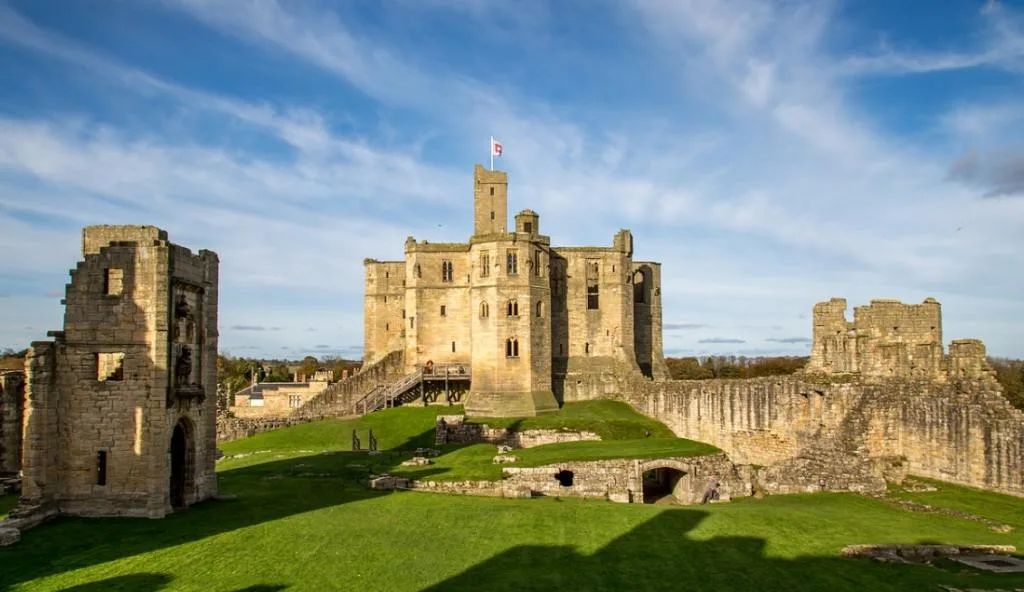This is definitely one of the most remarkable castles in Northern England.
In this post, you’ll discover the ultimate list of facts about Warkworth Castle, a structure with more than one interesting story to tell.
1. The town is much older than the castle
The village of Warkworth is located in the English county of Northumberland in the north of England, which is near the border with Scotland. It’s also located less than a mile from the English northeast coast.
The village of Warkworth, in which the castle was built, dates back to at least the 8th century. the castle on the other hand wasn’t built until after the Norman Conquest of England in the 11th century.
Other famous castles in the county of Northumberland include Alnwick Castle and Bamburgh Castle.

2. They’re both built in the loop of a river
One of the most interesting facts about Warkworth Castle is that both the town of Warkworth and the castle were built in a loop of the River Coquet.
The castle was built on the south end of this loop to defend its entrance, along with a fortified bridge. The River Coquet, on the other hand, served as a natural barrier of defense for the town.
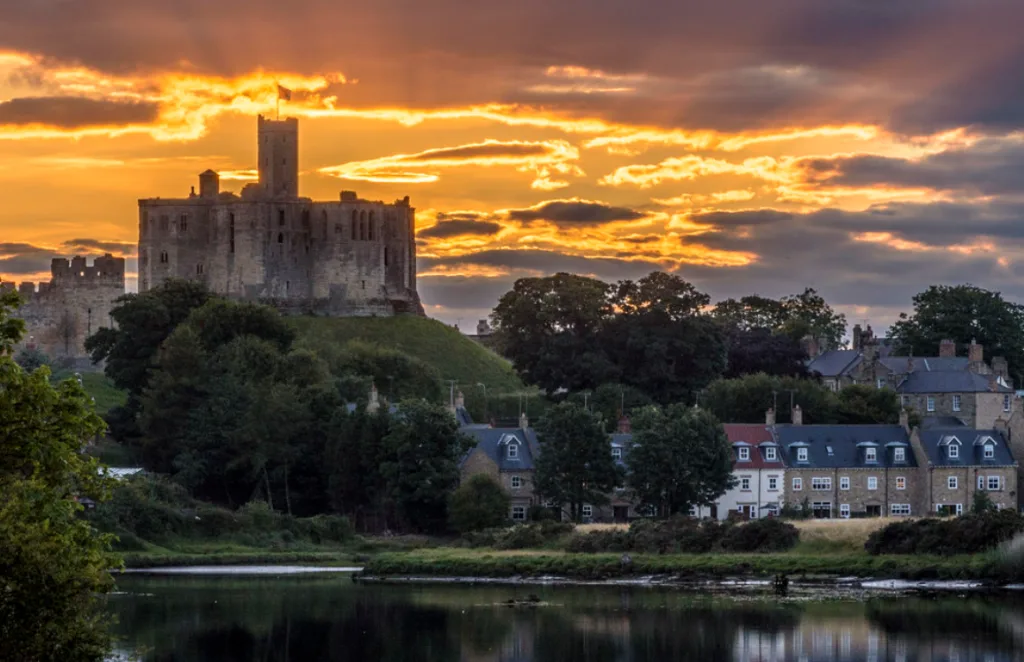
3. It’s unknown when the castle was founded
Apart from the uncertainty about who actually founded the castle, it’s also unknown when exactly it was built.
The commonly accepted story is that King Henry of Scotland built the castle after the treaty of Durham was agreed upon in 1139 between the English and the Scots. This resulted in peace in the area and made him Earl of Northumberland.

This came at the expense of having to surrender the castles of Bamburgh and Newcastle to the English, which left him without a seat to rule over the area.
He likely built Warkworth Castle for this reason.

4. Or did Henry II build the castle?
The son of King Henry of Scotland, Malcolm, Inherited the castle when he was crowned in 1153. One of the first things he did was surrender the north part of England back to the English, which included Warkworth Castle.
It remains unclear whether or not it was Henry II who built the castle, or if it was already present when Malcolm surrendered it to him along with the castles of Bamburgh, Carlisle, and Newcastle.
If Henry II built the castle, he would have done so to defend his lands in Northumberland.
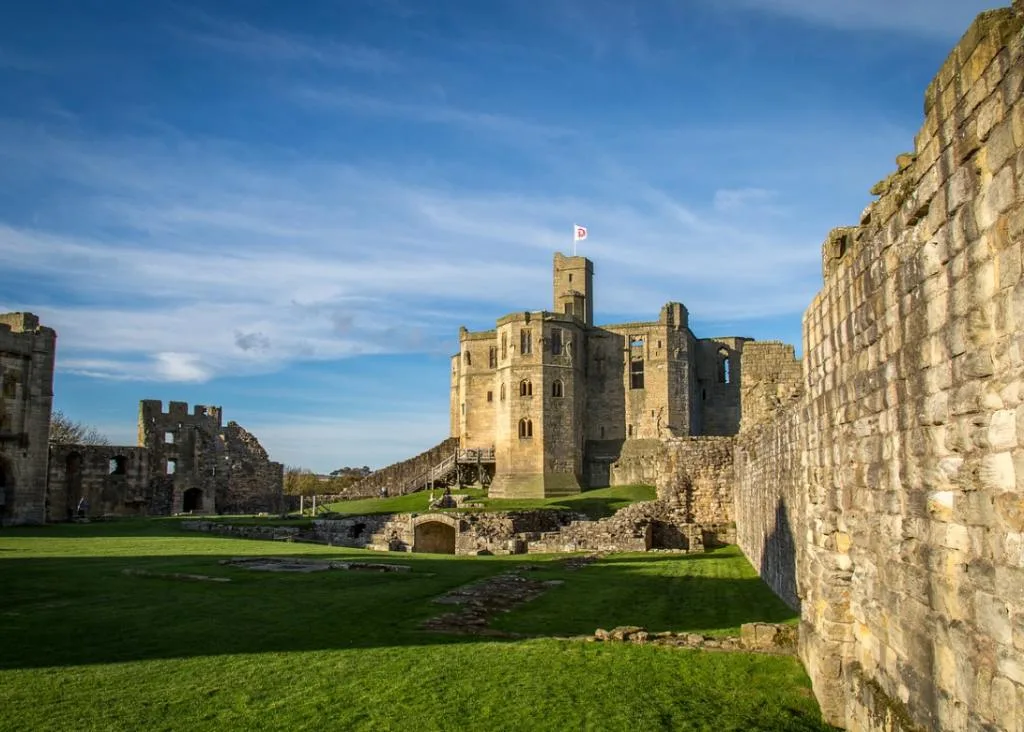
5. The castle was mentioned for the first time in 1157
When Henry II, King of England, gained control over Northumberland, he also got back to Warkworth Castle.
In a charter from 1157-1164, we can find the first mention of the castle. It reads that Henry II granted the castle and the surrounding manor to Roger Fitz Richard, a member of a noble Norman family.

6. It most probably wasn’t a castle yet in this period
Even though we now refer to the structure that was built on the location of the castle as a castle, it most probably wasn’t a fortified castle yet in the 12th century.
The reason for this is that it remained undefended by the garrison of Warkworth when the Scots raided the village in 1174 under command of Duncan II, Earl of Fife, even though Roger Fitz Richard was in the county.
It’s also noted that instead of taking shelter in the “castle,” which would have been the logical thing to do, the inhabitants of the village took shelter in the local church instead.
This simply means that the building on the location in the 12th century was merely an upscale residence as opposed to a fortified castle.

7. A lot of work was done in the early 13th century
When Roger Fitz Richard died, his son Robert Fitz Roger was still a child but the castle was passed onto him. He was the one who started a thorough construction campaign that shaped the castle as we know it today.
One of the most interesting facts about Warkworth Castle is that we can still see a lot of elements of Roger’s efforts, which lasted from 1199 until 1215, today!
These include:
- The gatehouse
- The Carrickfergus Tower
- The gate
- The east curtain wall
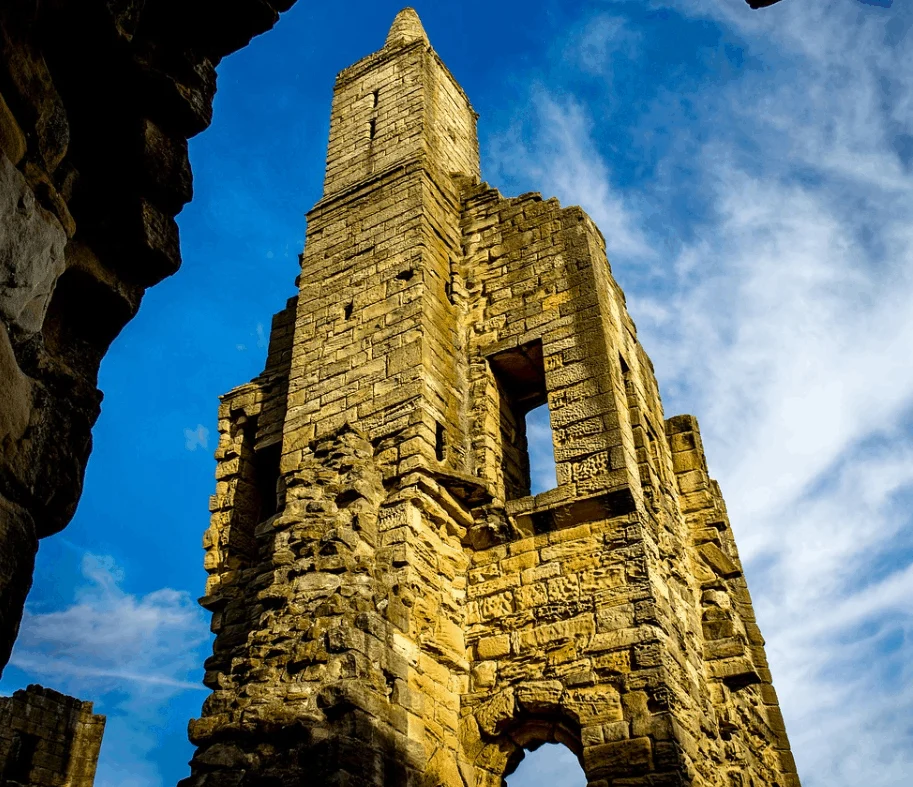
8. The Scots were unable to capture Warkworth Castle
Castles were of extreme importance in medieval times, and Warkworth Castle wasn’t any different. During the Anglo-Scottish Wars, the crown actually funded the enhancements and even construction of castles.
While the castle was being described as “noble” halfway through the 13th century, it became a nearly impossible castle to penetrate by the end of it.
The proof of this is the fact that the Scots tried to besiege the castles twice in 1327, and ultimately failed to capture them.
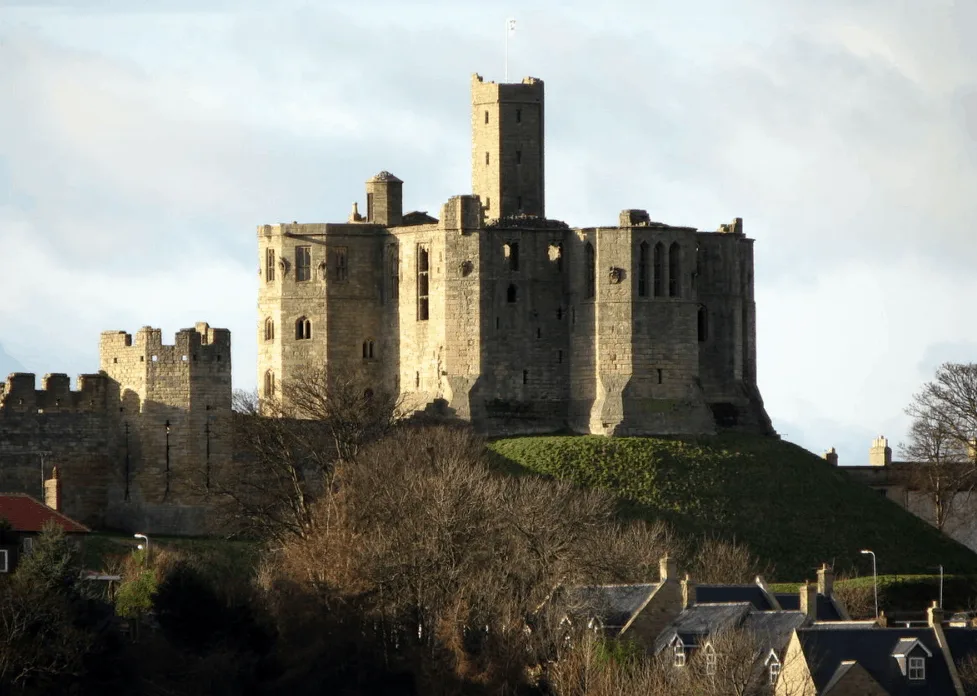
9. The castle came into the hands of the Percy family
The Percy family was becoming the most powerful family in Northumberland in the 14th century, and for his work for Edward III, Henry de Percy, 2nd Baron Percy, was eventually given ownership of Warkworth Castle.
After he was made Earl of Northumberland, Henry Percy decided to make a lot of modifications to the castle. he built extraordinary residences within the castle walls, the great tower, and also the prominent keep.
While the Percy’s also owned Alnwick Castle in the area, they preferred to make Warkworth Castle their residence.

10. They lost the castle during the War of the Roses
The Percy family supported the House of Lancaster, and both the second earl and his successor died in combat. This means that the castle became a Yorkist headquarters from 1416 until 1470.
It wasn’t until the year 1470 that the Percy’s were able to reclaim ownership of both the earldom of Northumberland and Warkworth Castle when the son of the third earl, Henry Percy, was granted both by Edward IV.
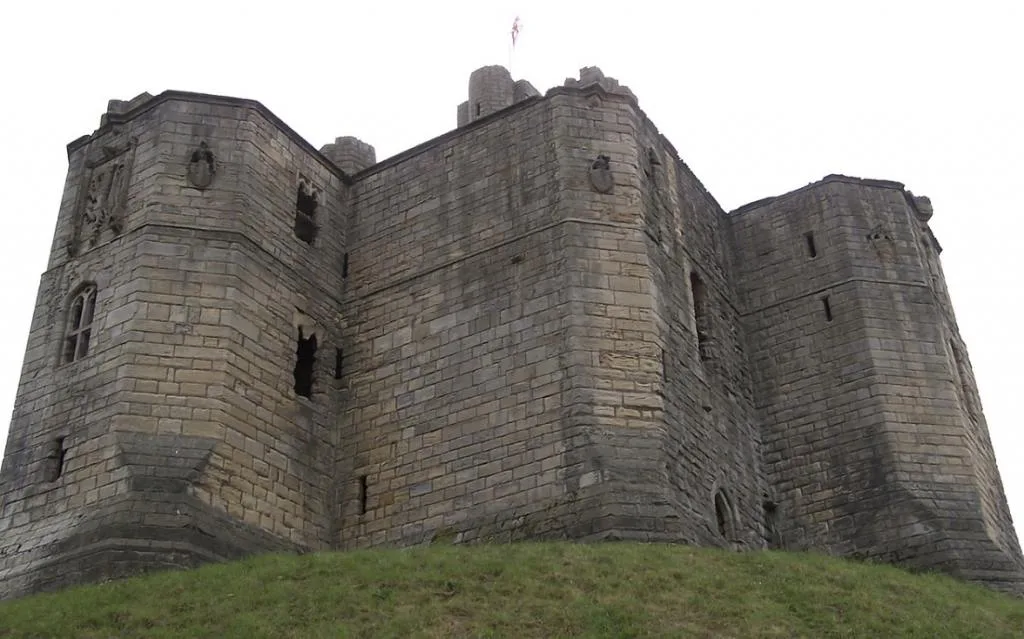
11. The castle fell into a state of disrepair in the 16th century
Thomas Percy, the 7th Earl of Northumberland, started the work to repair the abandoned castle after the 6th earl had died.
He was, however, convicted of treason when he joined the Catholic rebellion against the Protestant Queen Elizabeth I in 1570 and was subsequently executed in 1572.
Elizabeth I allowed ownership to pass onto his brother, Henry Percy, who not just inherited all Percy’s properties, but also became the 8th Earl of Northumberland.
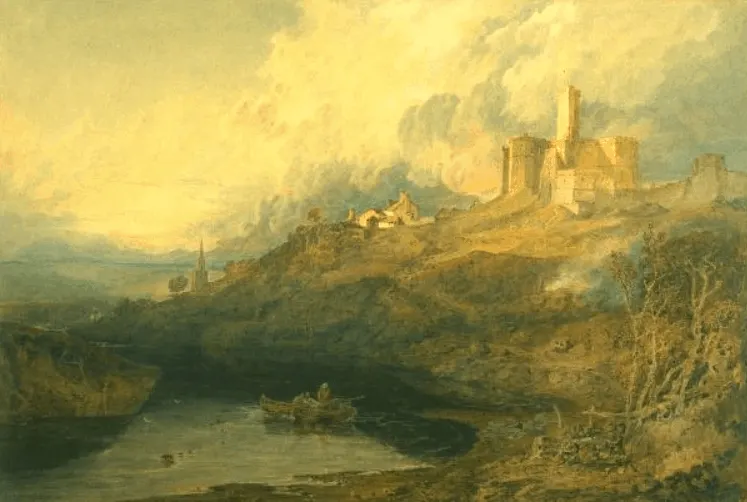
12. Parliamentarian forces held the castle during the Civil War
The castle was being held by Royalists during the English Civil War (1642-1651), but the 10th Earl of Northumberland, Algernon Percy, was loyal to the Parliamentarians.
When the Scottish invaded in 1644, they forced the Royalists to surrender and the Parliamentarian forces were eventually able to install a garrison in the castle in 1648.
The benefit of the 10th Earl supporting the Parliamentarian’s cause was that the castle remained relatively undamaged. They did, however, remove the castle’s doors and iron so it couldn’t fall into the hands of the enemy.
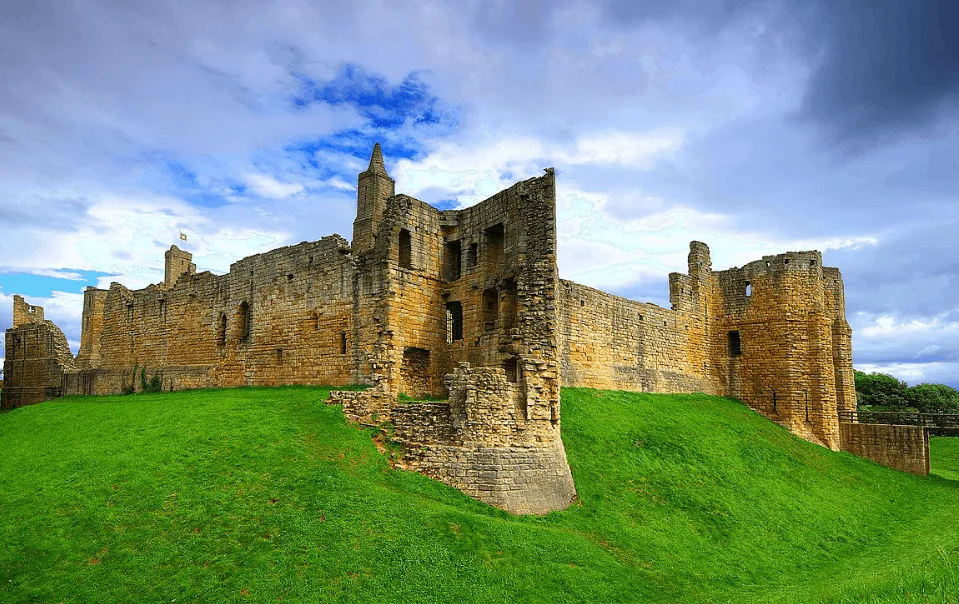
13. The Dukes of Northumberland took over
The last Percy Earl of Northumberland died in 1670, and in 1750, Hugh Smithson, whose wife had inherited the castle, changed his name to Hugh Percy and became the first Duke of Northumberland.
The castle was, however, a ruin by then and it wasn’t until halfway through the 19th century that the castle started being renovated by the 3rd Duke of Northumberland.
His successor, the 4th Duke of Northumberland, even hired a renowned British architect named Anthony Salvin to restore the keep and the great tower, which happened between 1853 and 1858.

14. The guardianship of the castle was passed on
The 8th Duke of Northumberland passed on guardianship of the castle to the “Office of Works” back in 1922. This was an organization that was established in the English royal household in 1378 to oversee the maintenance of royal castles and residences.
This organization, which would eventually become part of the “Ministry of Works” in 1940, gradually started excavations to uncover the castle’s history and secrets.

15. The castle is now managed by English Heritage
The Ministry of Works had been responsible for the management of the castle until it passed guardianship to “English Heritage” in 1984, a charity organization that manages over 400 historic monuments.
The Duke chamber’s, which were still in the Duke’s family’s custody, were handed over to English Heritage just 3 years later as well.
The castle is still owned by the 12th Duke of Northumberland up until today.

16. The castle is a scheduled monument
Warkworth Castle is registered as a Scheduled Monument since July 9, 1915. This means that it’s a “nationally important, historic building and archaeological site which has been given protection against unauthorized change.
It has also been listed as a Grade I listed building since 1985.
